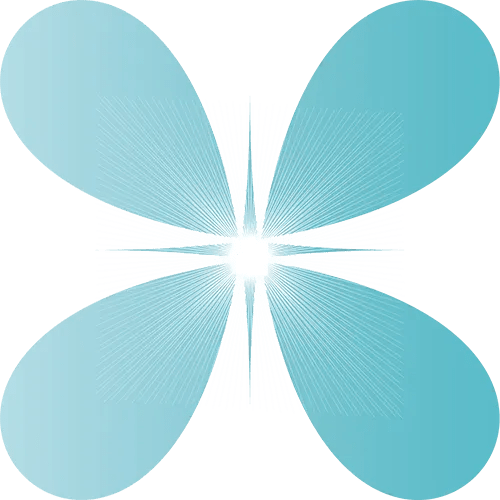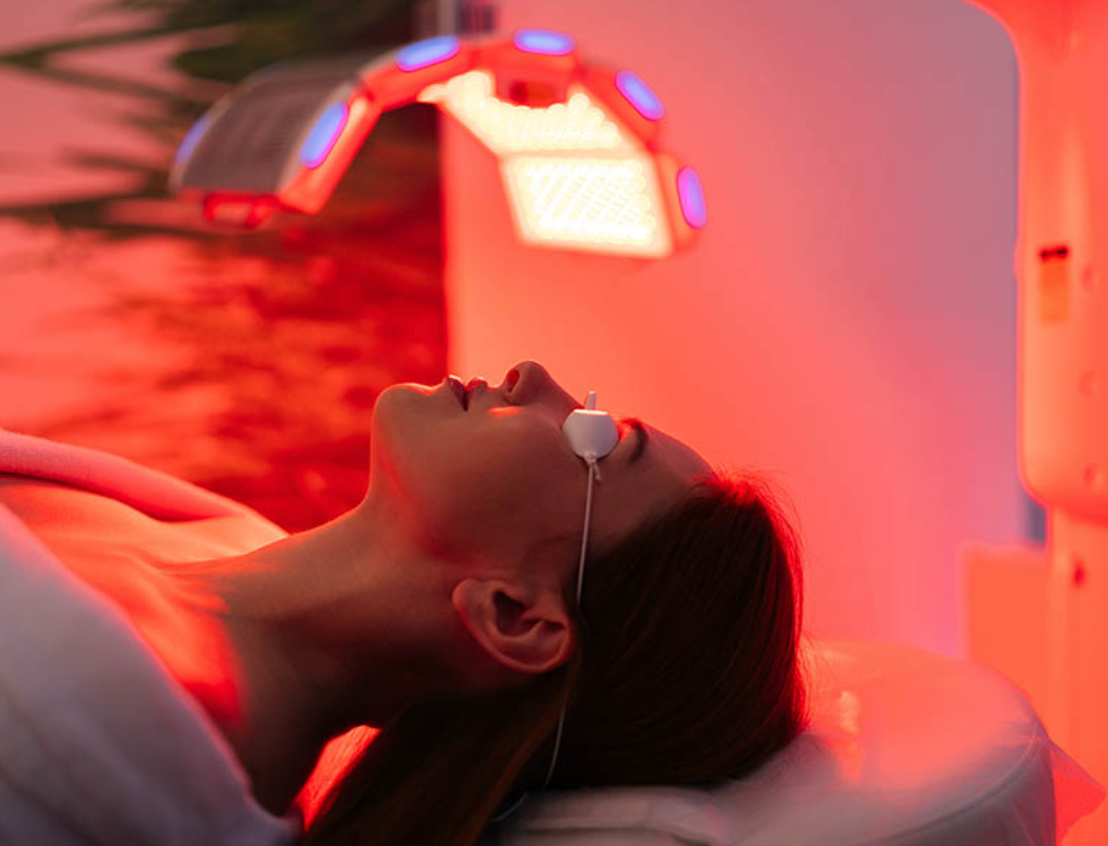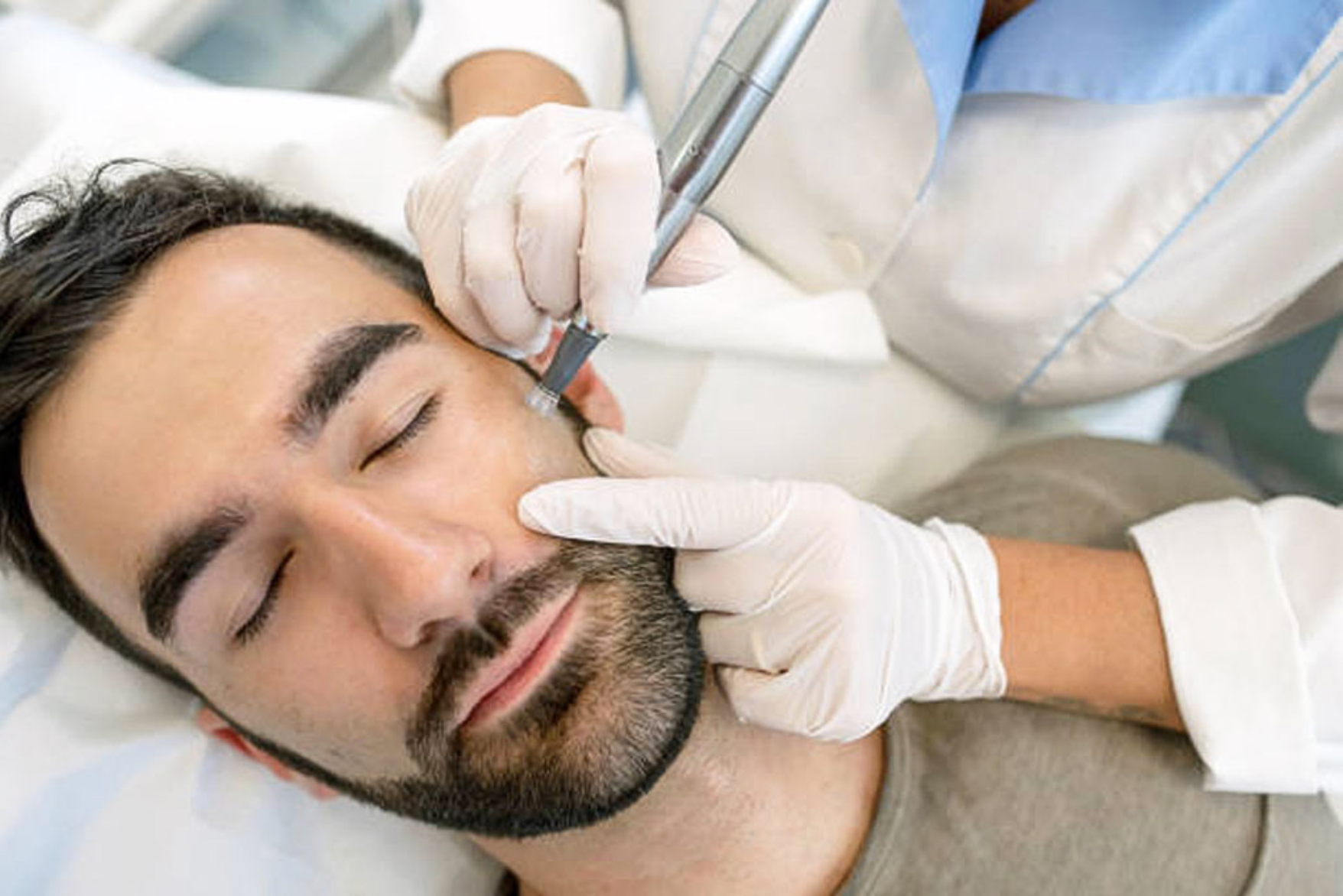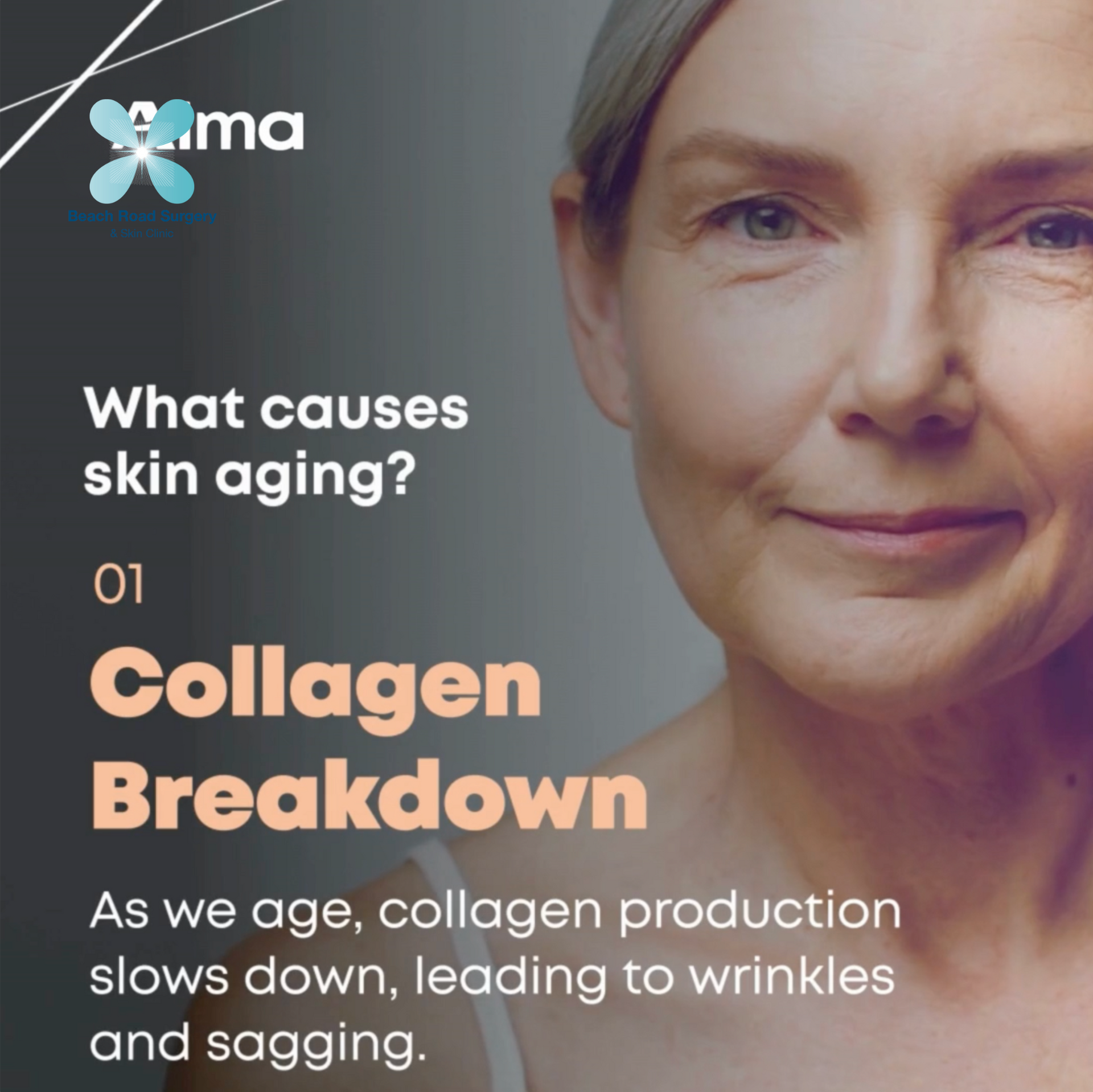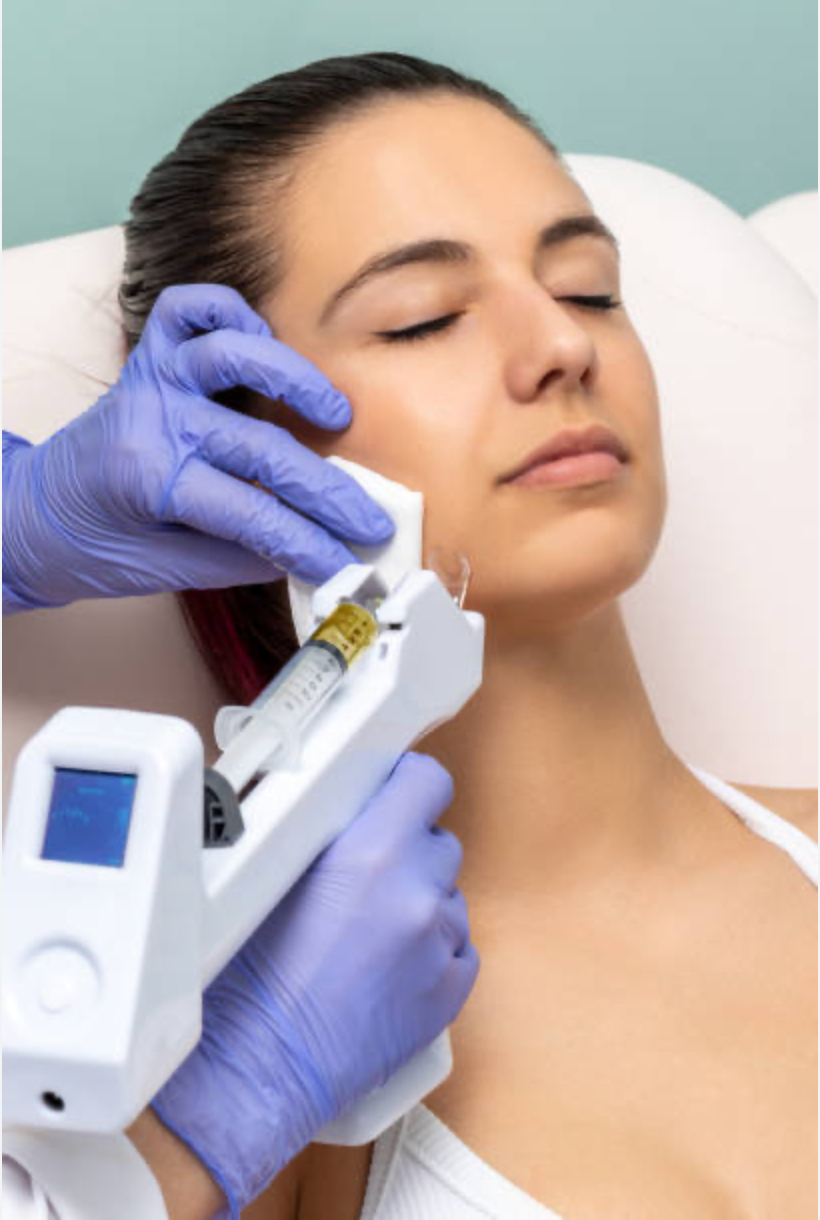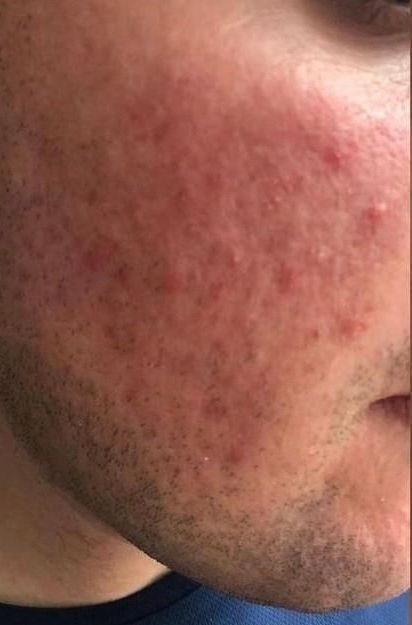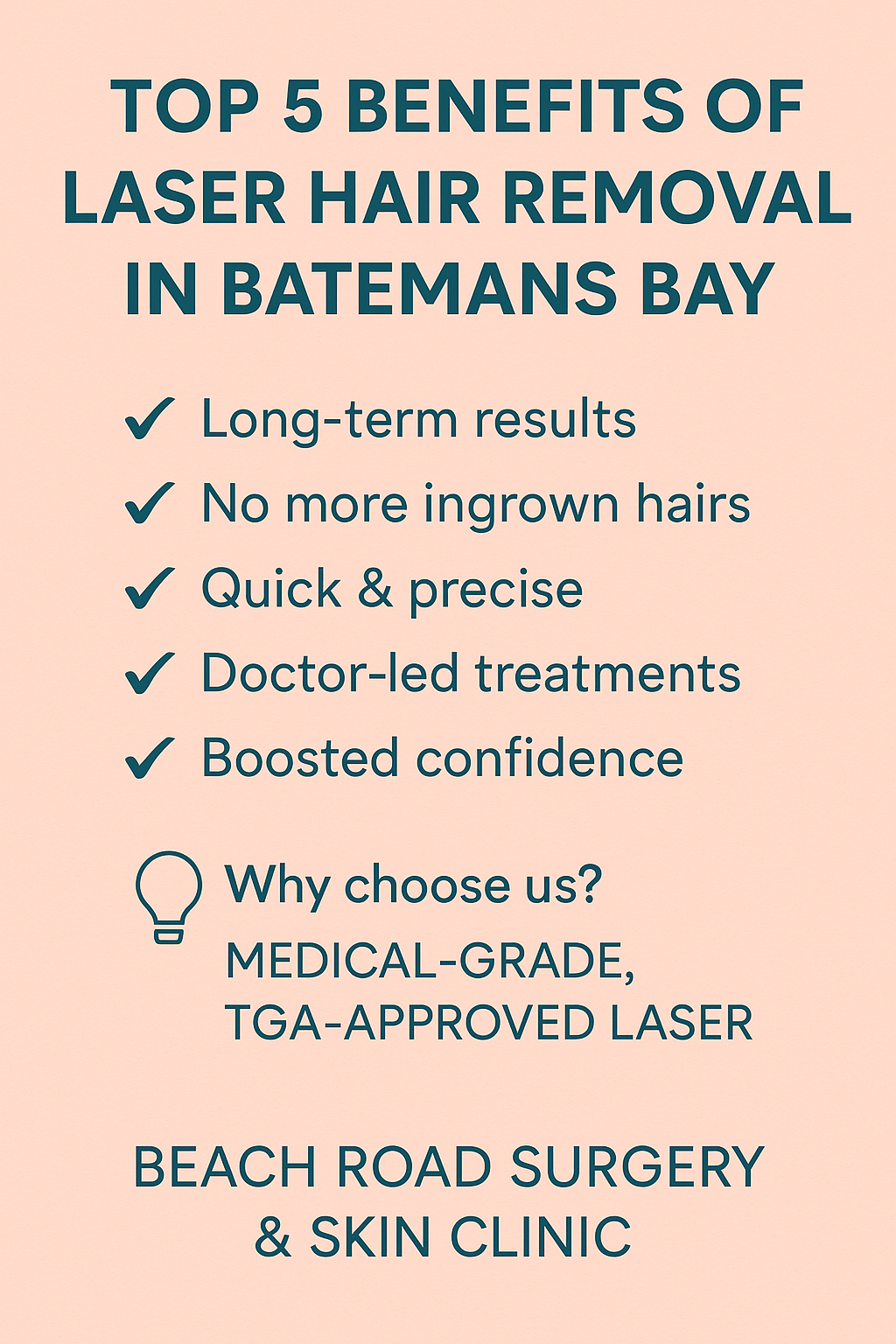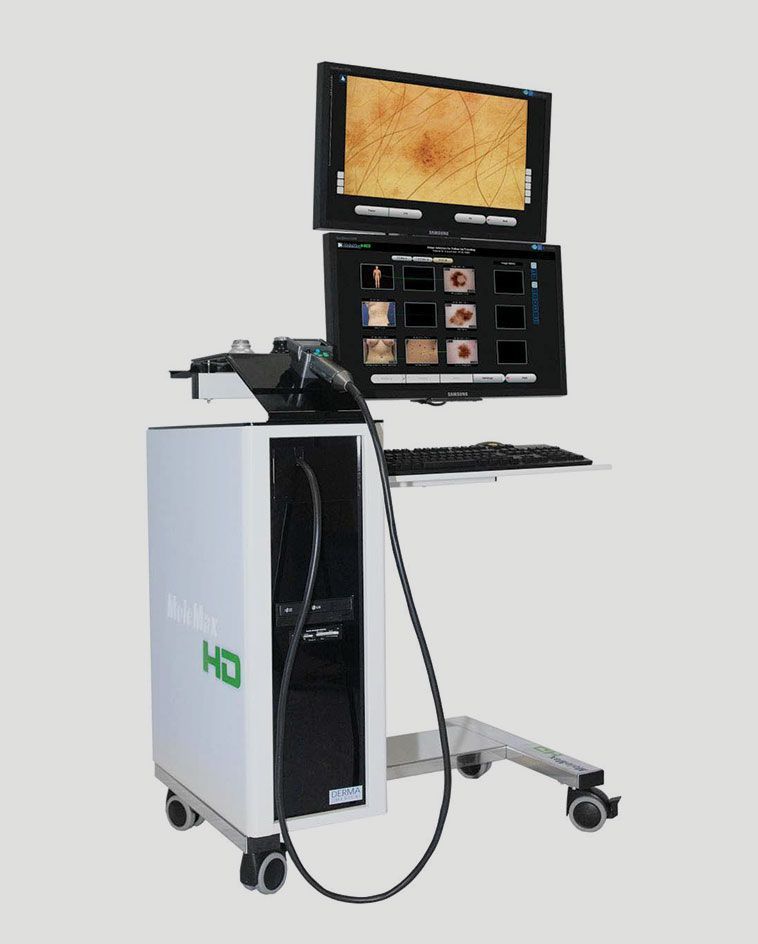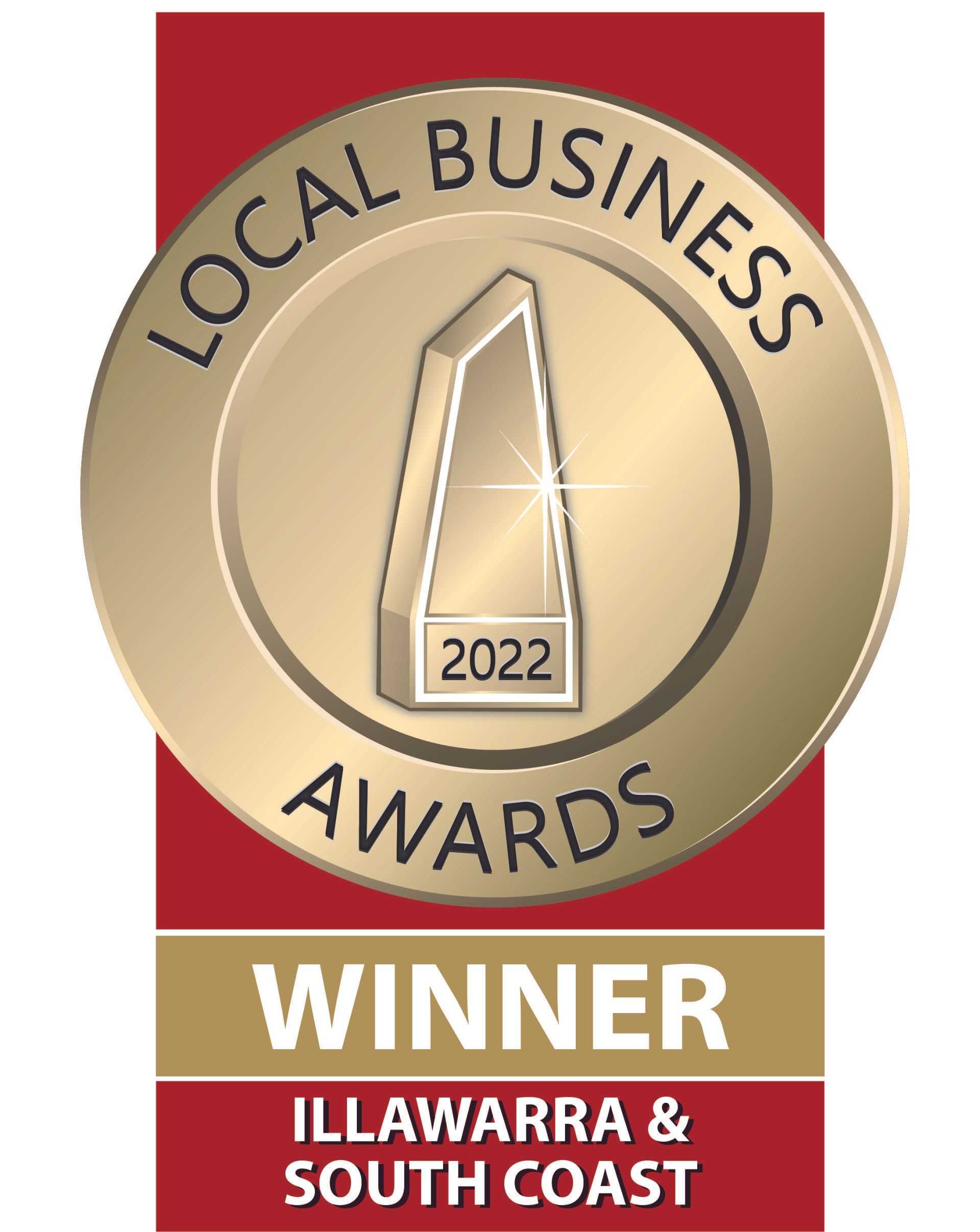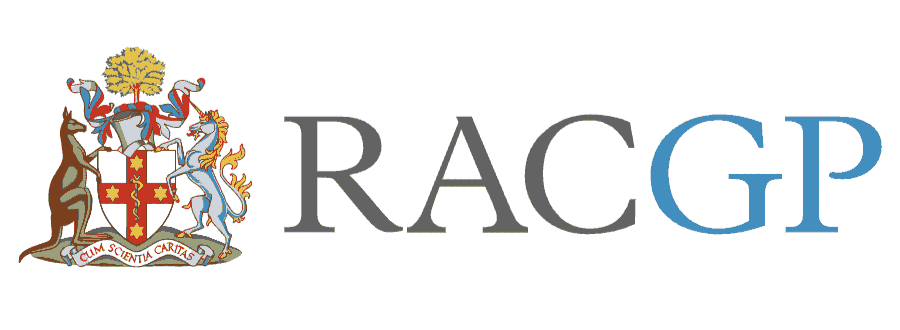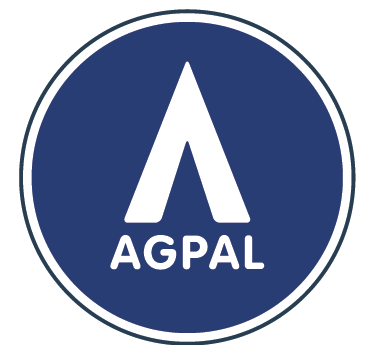What you should know about non surgical skin tightening
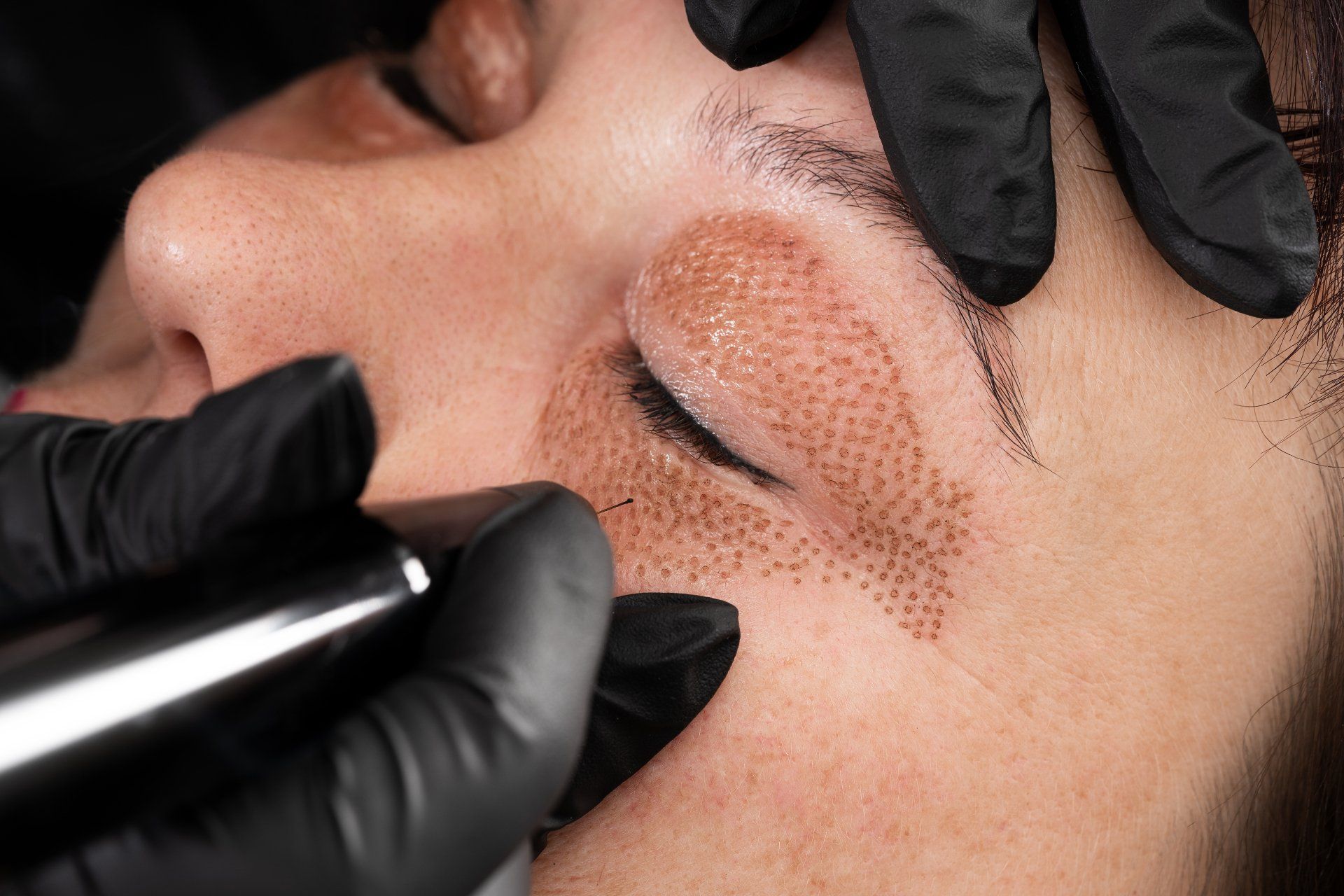
What is Fibroblast plasma; can this replace Anti-aging injections?
Plasma fibroblast therapy is an aesthetic procedure that can be used as an alternative to lasers, injections, or surgical therapies to tighten and improve the appearance of the skin. Some claim this is an alternative to anti-wrinkle injections or dermal fillers. This is also known as plasma skin resurfacing, plasma skin tightening, plasma skin regeneration, plasma needling or plasma lift.
This therapy is relatively new to the facial and cosmetic treatment scene.
What is plasma fibroblast therapy?
Plasma fibroblast therapy targets fibroblasts. These are collagen– and protein-producing cells in the dermis, the layer of skin just below your outermost skin layer.
Fibroblasts play an important role in helping skin wounds heal as well as maintaining skin firmness and tightness.
Plasma fibroblast therapy uses a pen-like device that discharges a high-frequency electric current to small areas of the skin.
The plasma tip doesn’t directly touch the skin but releases a targeted current just above the skin. The hot current creates tiny holes in the skin’s layer or micro-injuries.
This procedure,
- encourages tissue regeneration
- stimulates fibroblast activity
- causes tissue contraction (tightening)
What are the benefits of plasma fibroblast therapy?
Plasma fibroblast therapy is a nonsurgical treatment that may be used to treat the following conditions:
- Acne scars
- Photoaging, including age spots
- Remove skin tags, warts and seborrheic keratosis.
- Wrinkled skin, including the eyelids, neck, jawline, and above the lips. Some claim this is an alternative to anti-wrinkle injections or dermal fillers.
- Nonsurgical blepharoplasty (remove excessive skin around eyelids)
- Lip flips (alternative to lip filers)
- Nonsurgical facelift
- Stretch mark and scar removal
Evidence suggests that plasma fibroblast therapy can tighten the skin in a number of areas, including
- face
- neck
- arms
- breasts
- stomach
- buttocks
- thighs
- knees
Does it work?
When plasma fibroblast therapy is performed in a safe, controlled environment by an experienced healthcare provider, it can:
- Improve skin texture
- Offer mild-to-moderate skin tightening effects
- Result in some degree of skin facial contour change
What’s the procedure like?
While the procedure may vary slightly based on where you’re having the treatment, the basic steps typically the following:
- Cleansing the skin and applying a topical anesthetic (numbing) cream.
- Treating the designated skin area with the plasma pen. The pen will create small arcs of microcurrents that make small scab-like dots on the skin.
- A professional will remove the numbing cream and apply a cooling gel to minimize the tingling and burning sensation whenever possible.
The procedure usually takes about 30 to 60 minutes to perform.
Recovery
Once the procedure is completed, you can expect the small dots to scab over and fall off after about one week. Over the next couple of weeks, as your skin heals, it should appear tighter and firmer.
Some people may see benefits from one treatment, while others may require three treatments before seeing results.
Who’s a good candidate for this procedure?
The best candidates for this procedure are people with mild-to-moderate skin wrinkling concerns.
You shouldn’t receive plasma fibroblast therapy if you:
- are breastfeeding
- are pregnant
- have an allergy to topical anesthetic preparations
- have an infection at the treatment site
- are using isotretinoin for wrinkles or acne
In addition, if you have a history of keloids or hypertrophic scarring, it’s recommended that you approach plasma fibroblast therapy with caution.
It’s important to talk to a healthcare provider prior to the procedure to discuss your treatment goals and any potential concerns you may have given your overall health condition.
Is it safe, and are there any side effects?
The healthcare provider performing the procedure must establish realistic goals with you. While plasma fibroblast therapy can offer results, they aren’t likely to be as dramatic as a surgical procedure.
In addition, the procedure isn’t without side effects. Especially with inexperienced hands, using non-FDA-approved devices can be very risky, causing permanent damage to the skin.
Some of the common side effects include:
- redness
- swelling
- mild hypopigmentation (light spots)
- mild hyperpigmentation (dark spots)
- skin peeling and crusting
How Is a Plasma Pen Different from Botox?
Plasma Pen and Botox injections have notable contributions to battling signs of aging and improving skin texture. Depending on the patient’s preference, Plasma Pen and Botox treatment serve the same purpose, but they have several differences:
- Botox injection is mostly a preventative measure recommended to reduce future facial lines. On the other hand, a Plasma Pen can be used on small sections of the skin on the face, the neck, and other body areas.
- Plasma Pen involves physical ablations to remove patches on the skin. Botox injections, however, contain chemical agents that have beautifying effects.
- Treatments involving Plasma Pen might require some post-operative care to prevent scabs. Botox injections require little more aftercare.
- Botox injections can have rapid effects, showing within 30 minutes of the procedure. Plasma Pens, on the other hand, can take as many as two weeks to show results.
- Botox does not permanently damage the skin; the plasma pen treatment breaks down the proteins in the skin permanently.
- Botox treatments that involve injections have been used for cosmetic purposes for quite some time and are readily accessible in the beauty industry. On the contrary, Plasma Pens are relatively new to the cosmetic industry.
This procedure is not suitable for everyone, and Please ask Beach Road Surgery & Skin clinic staff for more information.
Price list
Upper Eyelid $399
Lower Eyelid $399
Crows Feet $450
Frown Lines $350
Eye Brow lift $399
Forehead $399
Lip Flip $350
Lip Smokers lines $350
Acne scars (Cheeks) $599
Turkey neck $499
Full neck $599
Full tummy (covers the area of two hands w
Package
Full face $1500
upper face $799
(Forehead+frown+crows feet)
Neck Lift (neck, jawline and lower face) $1200
Non-surgical Blepharoplasty $799
(Upper and lower eyelids + part of crows feet and lower forehead)
Skin tags, warts and scar removal - starts from $100
Additional treatment cycle for the same area 30% off
(T&C applies - with in two months of first treatment cycle)
